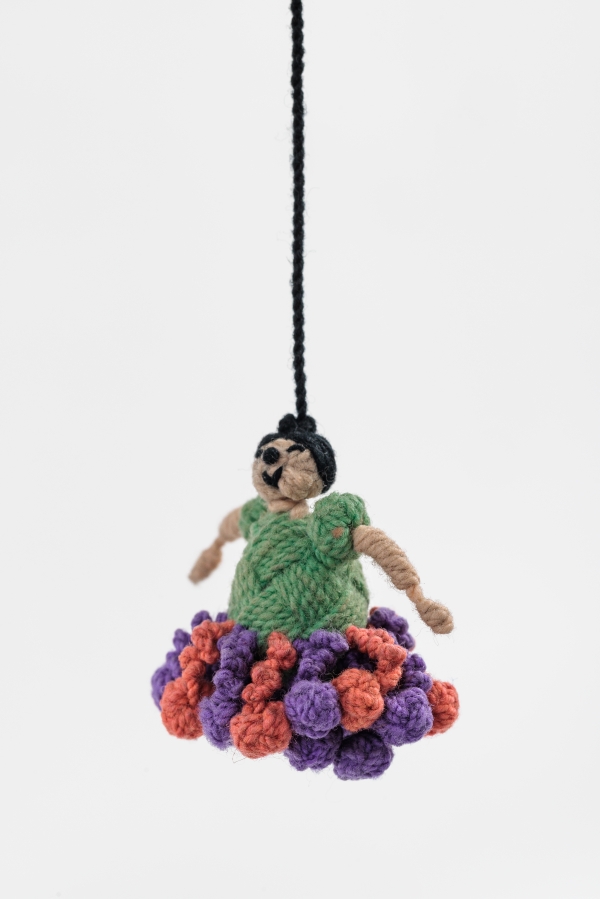"In
my notes I have tried to be impartial. Even though I am white and proud of the capacities and pre-eminence of my race, I have
lived enough – for more than 15 years – amongst people of different colour who have other ways of thinking to have got rid
of many prejudices." (Enrique Stanko Vráz)
With these words, the Czech traveller Enrique Stanko
Vráz (1860-1932) introduced the book
China (1904), an account of his travels across east Asia. Vráz was
one of many individuals from the Czech lands who travelled across the globe at the turn of the century, visiting distant lands,
and who collected works of art and artefacts, and then deposited them with museums in Prague and elsewhere. They ensured that
museums in the current Czech Republic have rich collections of ceramics, textiles, and metalwork from China, India and the
Islamic world. Their donations are much celebrated.
In recent years, and in the light of debates over the restitution
of museum collections, their activities have come under growing scrutiny. However, what is of increasing interest, too, is
how their collecting, as one of the primary ways in which Czechs came into contact with non-European peoples, helped define
a sense of national identity. Czechs imagined themselves to be different from the colonizing powers of Belgium, Britain or
France, for example, and the sentiments of figures such as Vráz could be marshalled as evidence of a different kind of sensibility.
This notion of ‘exceptionalism’ was not unique to the Czechs. Austrians, for example, liked to contrast themselves with the
supposed rapacious Germans. This talk is thus concerned with how the encounter with non-European peoples, engaging with their
art and culture, informed notions of national identity in the early 20th century. It also asks, however, how much credibility
these claims had. Were Czechs, Austrians and other central Europeans really so different?
Textile
Transfers. The Collections of Rosalia Rothansl and Mileva Stoisavljevic-RollerAn exhibition by Collection and
Archive, University of Applied Arts ViennaUniversity Gallery Heiligenkreuzerhof
Duration: 2 May – 15
July 2025
Opening hours: Wednesday–Saturday, 14:00-18:00
Closed on public holidays




